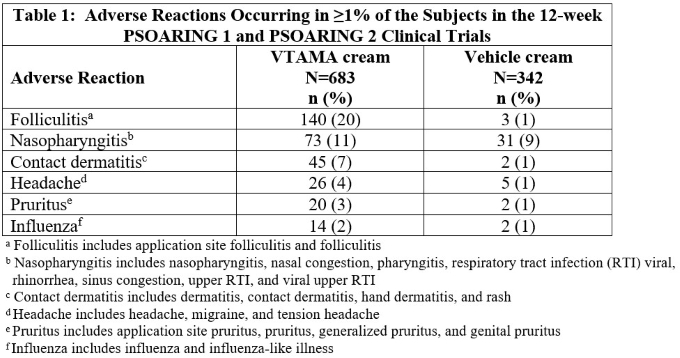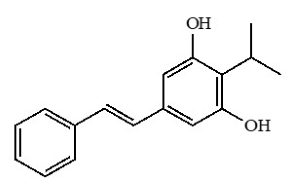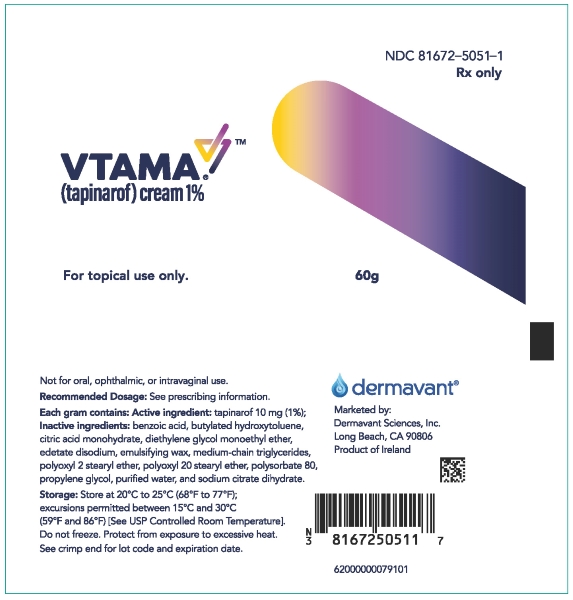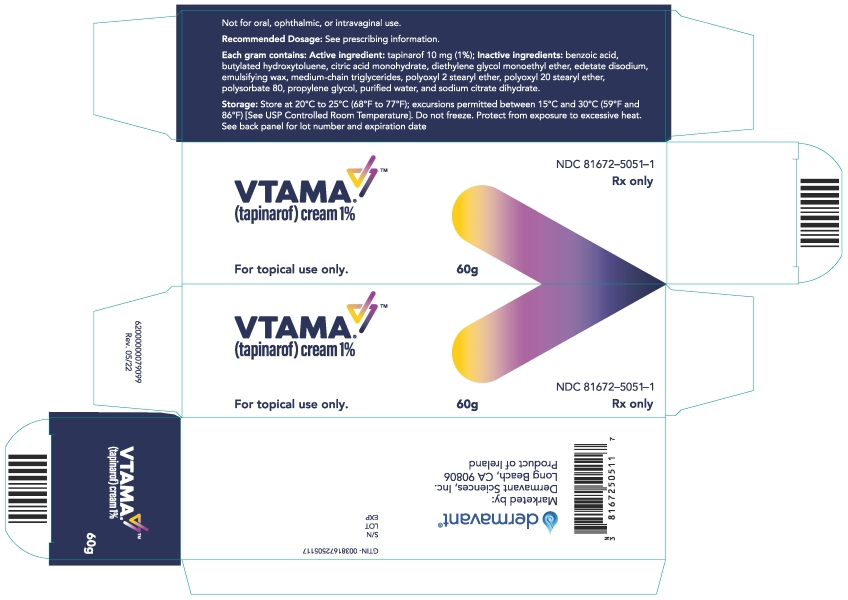Tapinarof
Editor-In-Chief: C. Michael Gibson, M.S., M.D. [1]; Associate Editor(s)-in-Chief: Kosar Doraghi, M.D.[2]
Kosar Doraghi, M.D.
Current Position
Associate Editor-in-Chief, Beth Israel Deaconess Medical Center by Harvard Medical School, Boston, Massachusetts, USA, WikiDoc Scholar
Pages Authored/Co-authored/Collaborated
- NEXOBRID
- RELYVRIO
- Deucravacitinib
- Ublituximab-xiiy
- futibatinib
- Tapinarof
- Spevigo- spesolimab-sbz
- Vericiguat
- Dasiglucagon
- Ponesimod
- Lasmiditan
- Nirogacestat
- Nedosiran
- Ryzneuta
- Endocarditis overview
- Sparsentan
Disclaimer
WikiDoc MAKES NO GUARANTEE OF VALIDITY. WikiDoc is not a professional health care provider, nor is it a suitable replacement for a licensed healthcare provider. WikiDoc is intended to be an educational tool, not a tool for any form of healthcare delivery. The educational content on WikiDoc drug pages is based upon the FDA package insert, National Library of Medicine content and practice guidelines / consensus statements. WikiDoc does not promote the administration of any medication or device that is not consistent with its labeling. Please read our full disclaimer here.
Overview
Tapinarof is an aryl hydrocarbon receptor agonist that is FDA approved for the treatment of plaque psoriasis in adults. Common adverse reactions include folliculitis, nasopharyngitis, contact dermatitis, headache, and pruritus.
Adult Indications and Dosage
FDA-Labeled Indications and Dosage (Adult)
Cream, 1% Each gram of VTAMA cream contains 10 mg of tapinarof in a white to off-white cream.
- Apply a thin layer of VTAMA cream to affected areas once daily.
- After application, wash hands unless VTAMA cream is intended for treatment of the hands.
- VTAMA cream is not intended for oral, ophthalmic, or intravaginal use.
Off-Label Use and Dosage (Adult)
Pediatric Indications and Dosage
FDA-Labeled Indications and Dosage (Pediatric)
There is limited information regarding Tapinarof FDA-Labeled Indications and Dosage (Pediatric) in the drug label.
Off-Label Use and Dosage (Pediatric)
Contraindications
None
Warnings
There is limited information regarding Tapinarof Warnings' in the drug label.
Adverse Reactions
Clinical Trials Experience
Two multicenter trials, PSOARING 1 and PSOARING 2, involved 1025 adults with plaque psoriasis treated with VTAMA cream or vehicle for up to 12 weeks.
Subjects were mainly white (85%), male (57%), with a median age of 51 years, and 85% were non-Hispanic or Latino.
Adverse reactions occurring in at least 1% of VTAMA Cream-treated subjects, surpassing the vehicle rate, included urticaria (0.3%), contact dermatitis (2.9%), and folliculitis (2.8%).

Postmarketing Experience
There is limited information regarding Tapinarof Postmarketing Experience in the drug label.
Drug Interactions
There is limited information regarding Tapinarof Drug Interactions in the drug label.
Use in Specific Populations
Pregnancy
Pregnancy Category (FDA):
There is no FDA guidance on usage of Tapinarof in women who are pregnant.
Pregnancy Category (AUS):
There is no Australian Drug Evaluation Committee (ADEC) guidance on usage of Tapinarof in women who are pregnant.
Labor and Delivery
There is no FDA guidance on use of Tapinarof during labor and delivery.
Nursing Mothers
There is no FDA guidance on the use of Tapinarof in women who are nursing.
Pediatric Use
There is no FDA guidance on the use of Tapinarof in pediatric settings.
Geriatic Use
Among the 683 subjects exposed to VTAMA cream in PSOARING 1 or PSOARING 2 clinical trials, 99 (14.5%) were aged 65 years and older, with 8 (1.2%) being 75 years and older. Clinical trials showed no significant disparities in efficacy, safety, or tolerability between elderly subjects (65 years and older) and younger adults.
Gender
There is no FDA guidance on the use of Tapinarof with respect to specific gender populations.
Race
There is no FDA guidance on the use of Tapinarof with respect to specific racial populations.
Renal Impairment
There is no FDA guidance on the use of Tapinarof in patients with renal impairment.
Hepatic Impairment
There is no FDA guidance on the use of Tapinarof in patients with hepatic impairment.
Females of Reproductive Potential and Males
There is no FDA guidance on the use of Tapinarof in women of reproductive potentials and males.
Immunocompromised Patients
There is no FDA guidance one the use of Tapinarof in patients who are immunocompromised.
Administration and Monitoring
Administration
- Apply a thin layer of VTAMA cream to affected areas once daily.
- After application, wash hands unless VTAMA cream is intended for treatment of the hands.
- VTAMA cream is not intended for oral, ophthalmic, or intravaginal use
Monitoring
There is limited information regarding Tapinarof Monitoring in the drug label.
IV Compatibility
There is limited information regarding the compatibility of Tapinarof and IV administrations.
Overdosage
There is limited information regarding Tapinarof overdosage. If you suspect drug poisoning or overdose, please contact the National Poison Help hotline (1-800-222-1222) immediately.
Pharmacology
There is limited information regarding Tapinarof Pharmacology in the drug label.
Mechanism of Action
Tapinarof is an aryl hydrocarbon receptor (AhR) agonist. The specific mechanisms by which VTAMA cream exerts its therapeutic action in psoriasis patients are unknown.
Structure
VTAMA (tapinarof) cream contains tapinarof as the active ingredient. Tapinarof is an aryl hydrocarbon receptor agonist.

Tapinarof is a white to pale brown powder. Chemically, tapinarof is 3, 5-dihydroxy-4-isopropyl-trans-stilbene, also known as (E)-2-isopropyl-5-styrylbenzene-1,3 diol, with the empirical formula C17H18O2, a molecular weight of 254.32, and the following structural formula. Each gram of VTAMA cream for topical use contains 10 mg of tapinarof in a white to off-white cream. VTAMA cream also contains the following inactive ingredients: benzoic acid, butylated hydroxytoluene, citric acid monohydrate, diethylene glycol monoethyl ether, edetate disodium, emulsifying wax, medium-chain triglycerides, polyoxyl 2 stearyl ether, polyoxyl 20 stearyl ether, polysorbate 80, propylene glycol, purified water, and sodium citrate dihydrate.
Pharmacodynamics
There is limited information regarding Tapinarof Pharmacodynamics in the drug label.
Pharmacokinetics
- Metabolism
Tapinarof is metabolized in the liver by multiple pathways including oxidation, glucuronidation, and sulfation in vitro.
Nonclinical Toxicology
Long-term carcinogenicity studies in mice and rats showed no tapinarof-related neoplasms. In mice, daily topical administration of tapinarof cream up to 3% for 98-102 weeks revealed no drug-related neoplasms. In rats, subcutaneous administration of tapinarof at doses up to 1 mg/kg/day for 83 weeks also showed no drug-related neoplasms in females. Tapinarof demonstrated no mutagenic or clastogenic effects in various assays. Subcutaneous doses of tapinarof up to 30 mg/kg/day did not impair female fertility.
Clinical Studies
Two multicenter, randomized, double-blind, vehicle-controlled trials (PSOARING 1 and PSOARING 2) evaluated the safety and efficacy of VTAMA cream in adults with plaque psoriasis. Baseline assessment using the Physician’s Global Assessment (PGA) showed the majority of subjects had Moderate disease (82%), with 10% having “Mild” disease and 8% having Severe disease. Mean body surface area (BSA) involvement was 8%. Subjects ranged from 18 to 75 years, with a median age of 51 years, and 57% were male, with 85% being White. The primary efficacy endpoint was the proportion of subjects achieving treatment After 12 weeks of treatment, 73 subjects who achieved complete disease clearance (PGA 0) had VTAMA withdrawn and were followed for up to an additional 40 weeks, with a median time to first worsening (PGA ≥ 2 mild) of 114 days.
How Supplied
VTAMA (tapinarof) cream, 1% is a white to off-white cream. Each gram of VTAMA cream contains 10 mg of tapinarof. It is supplied in the following size: 60 g laminated tubes: NDC 81672-5051-1
Storage
Store at 20°C to 25°C (68°F to 77°F) excursions permitted between 15°C and 30°C (59°F and 86°F)
Images
Drug Images
{{#ask: Page Name::Tapinarof |?Pill Name |?Drug Name |?Pill Ingred |?Pill Imprint |?Pill Dosage |?Pill Color |?Pill Shape |?Pill Size (mm) |?Pill Scoring |?NDC |?Drug Author |format=template |template=DrugPageImages |mainlabel=- |sort=Pill Name }}
Package and Label Display Panel


60 gram carton {{#ask: Label Page::Tapinarof |?Label Name |format=template |template=DrugLabelImages |mainlabel=- |sort=Label Page }}
Patient Counseling Information
- Read the FDA-approved patient labeling (Patient Information) thoroughly.
Administration Instructions:
- Apply VTAMA cream once daily only to psoriasis skin lesions, avoiding unaffected areas of the skin.
- After application, wash hands unless VTAMA cream is specifically for treating the hands.
- Understand that VTAMA cream is intended for external use only.
Precautions with Alcohol
Alcohol-Tapinarof interaction has not been established. Talk to your doctor regarding the effects of taking alcohol with this medication.
Brand Names
There is limited information regarding Tapinarof Brand Names in the drug label.
Look-Alike Drug Names
There is limited information regarding Tapinarof Look-Alike Drug Names in the drug label.
Drug Shortage Status
Price
References
The contents of this FDA label are provided by the National Library of Medicine.